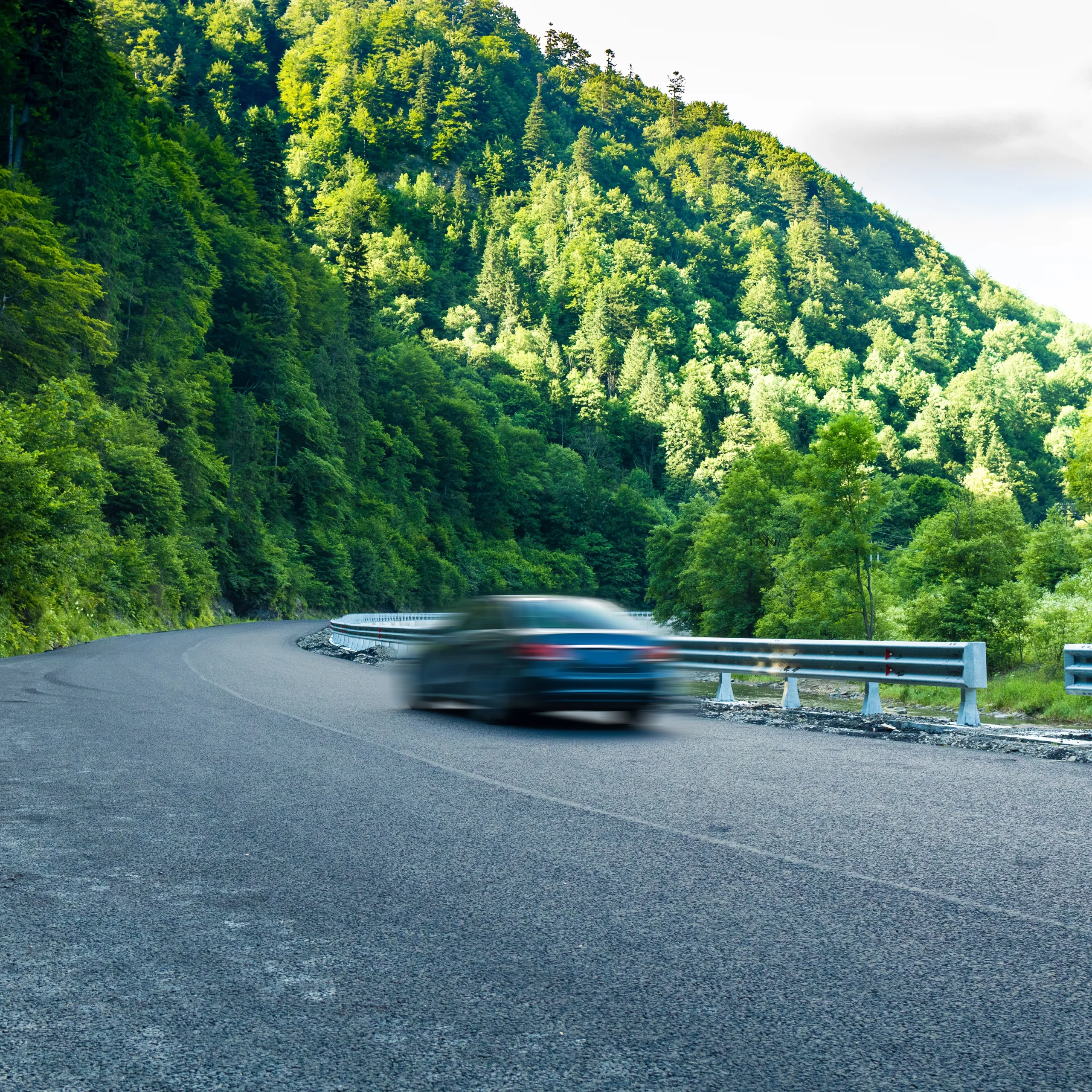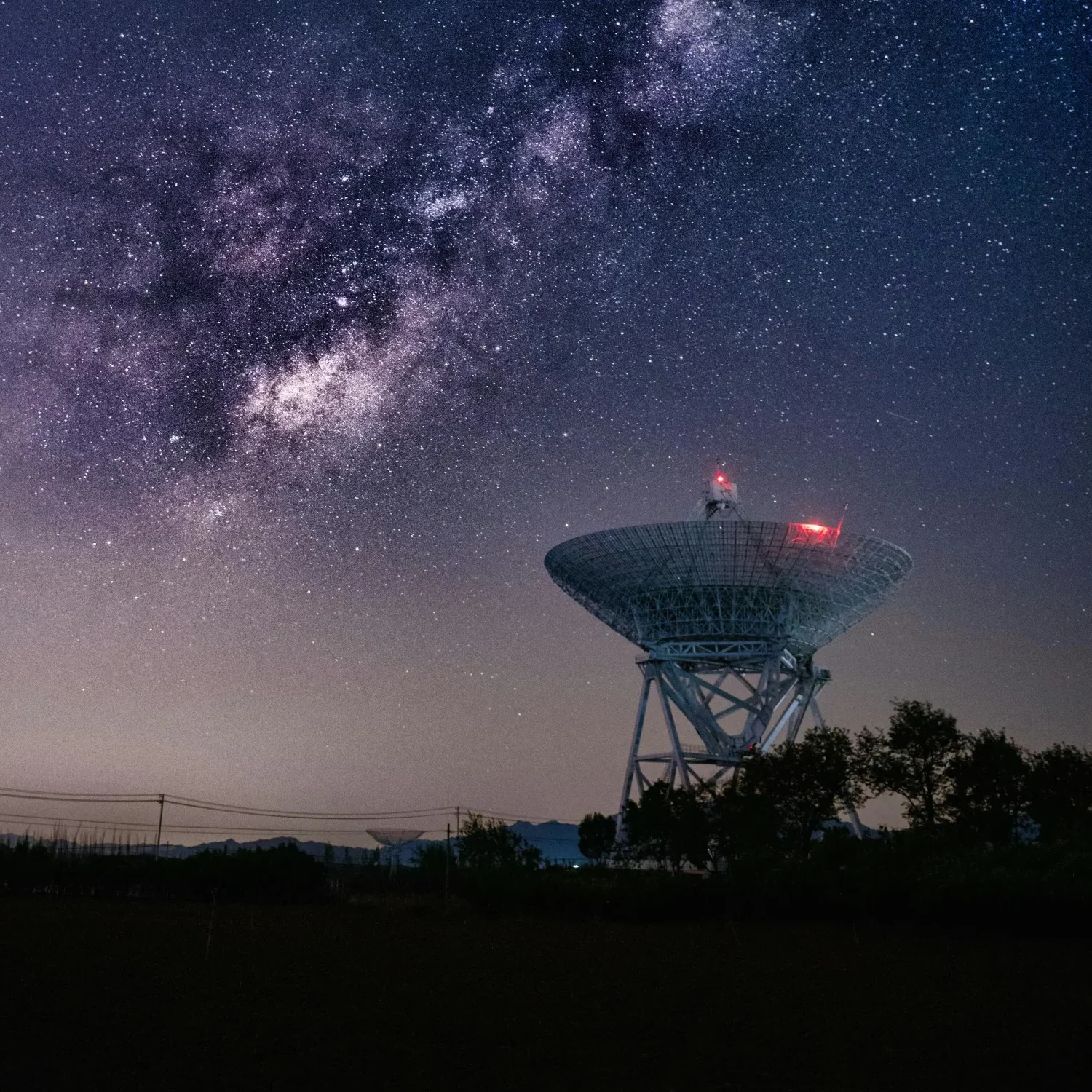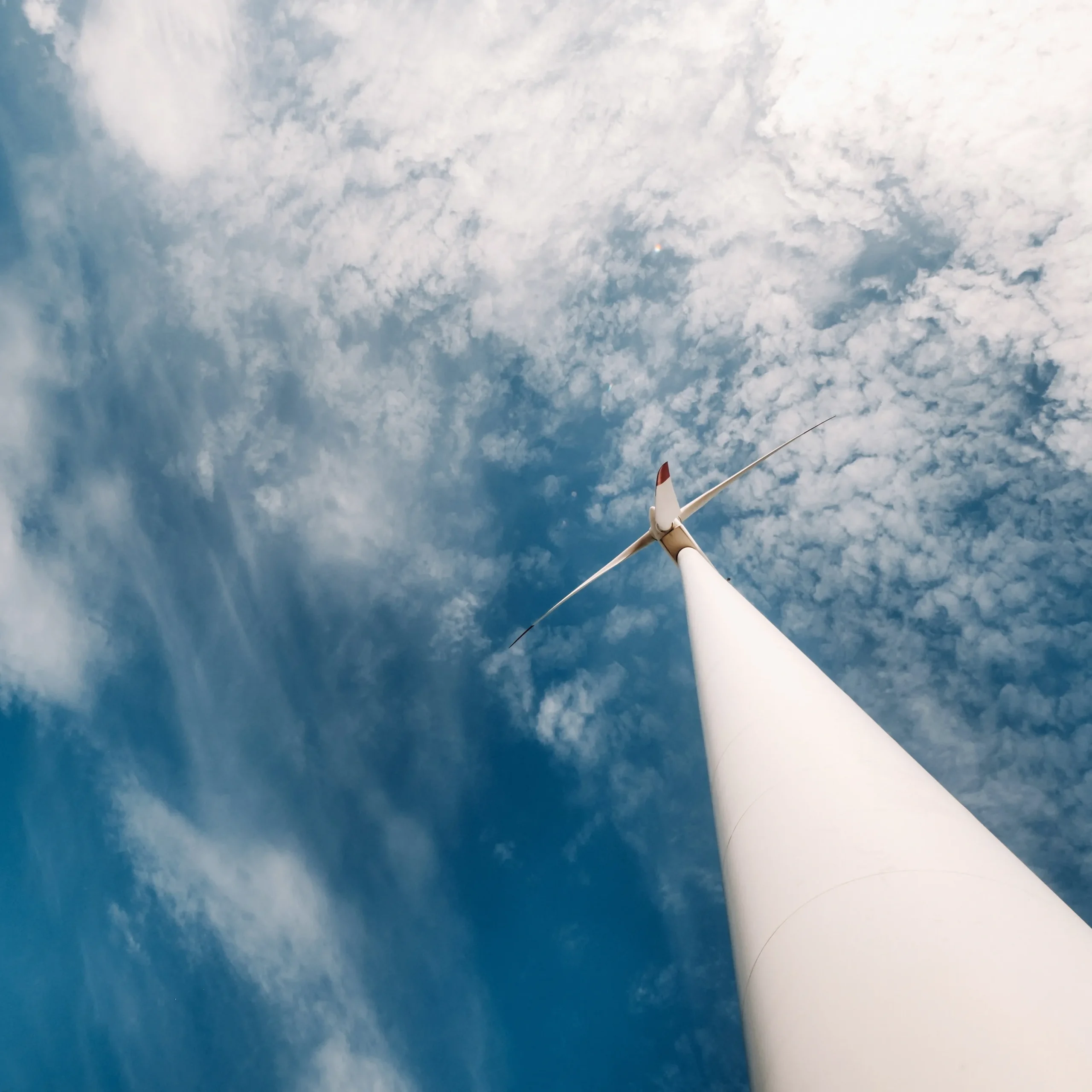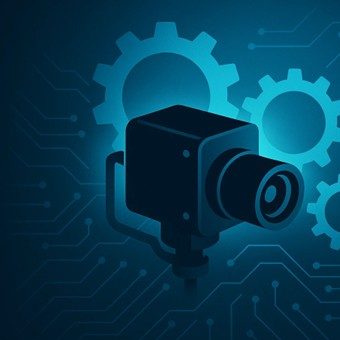Autonomous aircraft are rapidly moving from bold concept to practical reality, promising safer skies, lower operating costs, and new mission profiles that range from long-distance cargo to urban air mobility. At the heart of every successful platform lies a sensing suite that can deliver precise situational awareness in real time. Radar and lidar contribute range data, but only machine-vision navigation offers the rich texture, color, and context that a human pilot relies on visually. The unique challenge, however, is that an autonomous system must achieve comparable perception in bright daylight, dense fog, snow, or desert dust—conditions that historically confounded optical sensors.
KAYA Vision has spent years perfecting industrial imaging solutions that thrive in exactly these hostile environments. By combining the company’s high-resolution, high-dynamic-range cameras with advanced on-sensor processing and ultra-reliable output interfaces, developers of autonomous aircraft vision systems can now implement robust landing guidance and obstacle avoidance that operate seamlessly from take-off to touchdown.
Why Vision Matters More Aloft
While ground vehicles deal primarily with planar motion, aircraft must perceive a fully three-dimensional world at velocities often exceeding 50 m/s. Misjudging an obstacle’s position by even a few centimeters could prove catastrophic during a low-altitude landing flare. To minimize that risk, vision sensors need:
- Wide dynamic range to handle runway lights at night and glaring sun on snow-covered terrain.
- Global shutters (or very fast rolling shutters) to freeze high-speed motion without artifacts.
- High frame rates so that control algorithms receive timely updates.
- Low noise and high quantum efficiency to detect faint features through mist or precipitation.
KAYA Vision’s Iron 661 and Iron 2011E satisfy every item on that list with global-shutter designs, while the Iron 4600 complements them with very wide dynamic range and high pixel count despite employing a high-speed rolling shutter. Their ruggedized housings have been tested to MIL-STD-810G Method 514.6 vibration profiles, and optional IP67 protection guards against moisture ingress in unpressurized bays. The CoaXPress 2.1 interface on Iron 661 and Iron 4600 delivers deterministically low latency along up to 40 meters of coax, simplifying airframe routing without adding fiber or repeaters. For smaller electric VTOL craft, the compact Iron 2011E pares weight below 100 grams and still streams 513 fps at 8-bit depth—ideal for rapid descent phases.
Building Machine Vision Navigation Pipelines
A complete machine-vision navigation subsystem typically begins with a stereo or multi-monocular camera arrangement looking forward and downward. Iron 661’s 128-megapixel sensor captures ultra-sharp terrain maps from several hundred feet, enabling algorithms to pinpoint rock outcroppings or power lines long before they become a threat. When closer to the ground, resolution can be windowed using Region-of-Interest readout to maintain high frame rates without wasting bandwidth.
The image streams are ingested by an onboard GPU or FPGA where simultaneous localization and mapping (SLAM) fuses them with inertial data. A Zinc 661 PCIe camera can connect directly to the compute module’s backplane, streaming the IMX661 data into memory via DMA and eliminating the need for a separate frame-grabber card. Developers then apply convolutional neural networks trained on diverse weather datasets to segment safe landing zones, classify dynamic obstacles, and estimate optical flow for drift correction.
Robust Landing Guidance in Adverse Weather
Fog, rain, and snow scatter light and reduce contrast, but the high full-well charge of Iron 4600 (50 ke-) preserves signal integrity, while its >90 dB dynamic range prevents washout when runway approach lights flash through the haze. Adjustable gain and automatic black-level calibration let the camera adapt exposure on the fly without inserting control lag.
For night operations, near-infrared strobes synchronized via each camera’s exposure-strobe output illuminate the scene without dazzling human observers. Iron 2011E’s global shutter and minimum exposure as short as 2.6 µs capture crisp frames that are ideal for temporal filtering methods that reject snowflakes and raindrops.
Integrating with Avionics and Flight Controls
Aircraft certification demands deterministic behavior. The CoaXPress protocol embedded in KAYA Vision cameras encodes trigger timestamps directly in the link layer, allowing flight computers to correlate images with inertial measurement units to sub-millisecond precision. Each product supports opto-isolated GPIOs so that system designers can cross-check health status, initiate failsafe modes, or force full-frame captures during flight-data-recorder events.
Because all three cameras comply with the GenCam standard, a single API can configure exposure, gain, or ROI across the fleet, accelerating qualification. Developers can pre-compute calibration files for lens vignetting and load them via the camera’s onboard LUT, ensuring consistent radiometric output that downstream neural networks expect.
Case Study: VTOL Parcel Delivery
A European drone operator sought to certify a 150 kg take-off-weight tilt-wing aircraft for autonomous parcel delivery to offshore platforms. The mission profile required daytime and nighttime operations in sea fog with visibility down to 300 meters, wind gusts of 25 knots, and deck pitch angles of up to 5°. The team selected a tri-camera array based on Iron 4600 units spaced 20 cm apart beneath the nose radome.
During approach, the cameras stream synchronized 100 fps feeds at 8-bit depth to an NVIDIA Orin AGX module via CoaXPress 2.1. The system generates a dense point cloud from stereo disparity and validates deck alignment ten times per second. Tests conducted in a maritime environmental chamber demonstrated reliable detection of painted deck markings under simulated drizzle at 3 lux illumination, thanks to the camera’s quantum efficiency of greater than 84 % and temporal noise below 1.6 e-. Landing accuracy improved threefold compared to a lidar-only baseline, reducing lateral error below 25 cm.
Case Study: Uncrewed Helicopter Resupply
For a defense customer, KAYA Vision integrated Iron 2011E sensors on a turbine-powered unmanned helicopter tasked with resupplying forward operating bases. The main challenge was brownout: clouds of dust stirred by rotor wash obscure visual cues during touchdown. The camera’s 6.5 µm pixels maximize light collection, and a quantum efficiency that can reach roughly 72 % at 595 nm pairs well with eye-safe laser illuminators. By combining high-frame-rate imagery with attitude data, an extended Kalman filter maintained accurate state estimates through 80 % obscuration, enabling safe landings that previously required human remote pilots.
Flight Testing and Validation Workflow
Certifiable autonomous aircraft vision requires exhaustive data. KAYA Vision cameras incorporate a hardware frame counter and operational time counter, allowing engineers to cross-reference each image with flight telemetry for post-mission analysis. Continuous triggering modes can be switched to external-trigger mode mid-flight to capture ground test charts or perform in-situ calibration. Because each camera logs metadata such as temperature and supply voltage, potential anomalies can be isolated quickly, reducing the number of costly flight hours.
To accelerate DO-178C compliance, KAYA Vision publishes deterministic performance specs—including MTBF values of approximately 1.6 million hours for Iron 661—removing guesswork during safety assessments. All models meet EMC standards required for mixed-signal avionics bays, simplifying system-level testing.
Future Directions: Edge AI in the Camera
Emerging generations of KAYA Vision sensors will embed CNN accelerators directly on the image-sensor die, pushing preliminary scene understanding to the edge. Developers will be able to offload tasks such as obstacle classification or horizon detection, freeing compute power for higher-level autonomy stacks. In parallel, next-generation CoaXPress over Fiber (CXPoF) promises longer cable runs without weight penalties, opening new possibilities for distributed sensor architectures on large airframes.
Key Takeaways for Developers
- KAYA Vision delivers end-to-end machine-vision navigation solutions optimized for the stringent requirements of autonomous aircraft.
- High-resolution global-shutter models like Iron 661, together with the wide-dynamic-range Iron 4600, ensure obstacle detection at both long and short ranges.
- Iron 2011E provides unmatched frame rates in a tiny form factor, ideal for small UAVs or redundant sensing layers.
- Deterministic CoaXPress interfaces and GenCam compliance streamline integration with flight control computers.
- Ruggedized designs, MIL-STD-810G shock and vibration ratings, and optional IP67 sealing support reliable operation in extreme weather.
